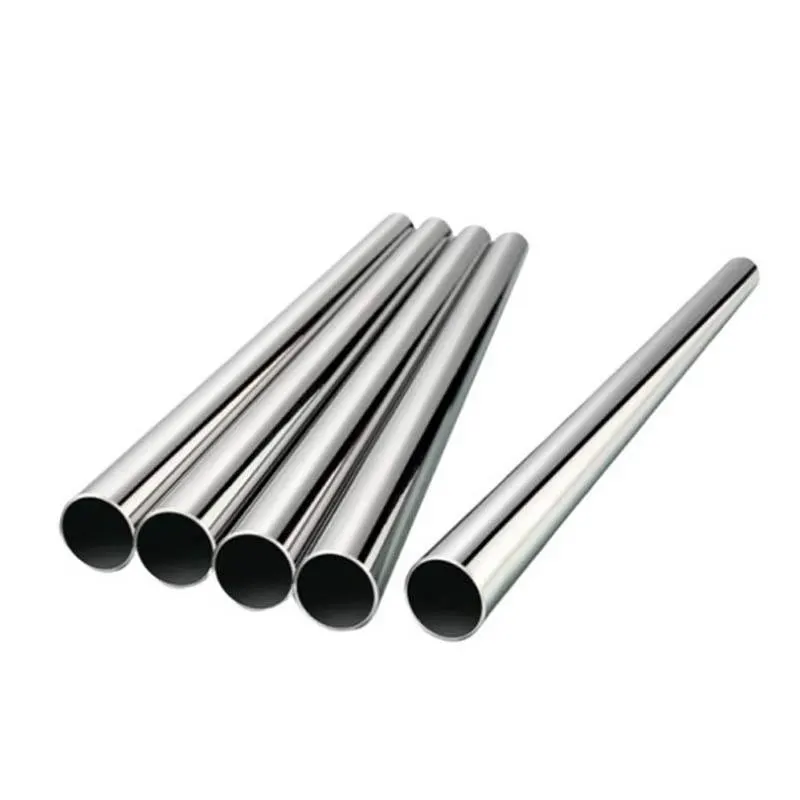- English
- Español
- Português
- русский
- Français
- 日本語
- Deutsch
- tiếng Việt
- Italiano
- Nederlands
- ภาษาไทย
- Polski
- 한국어
- Svenska
- magyar
- Malay
- বাংলা ভাষার
- Dansk
- Suomi
- हिन्दी
- Pilipino
- Türkçe
- Gaeilge
- العربية
- Indonesia
- Norsk
- تمل
- český
- ελληνικά
- український
- Javanese
- فارسی
- தமிழ்
- తెలుగు
- नेपाली
- Burmese
- български
- ລາວ
- Latine
- Қазақша
- Euskal
- Azərbaycan
- Slovenský jazyk
- Македонски
- Lietuvos
- Eesti Keel
- Română
- Slovenski
- मराठी
- Srpski језик
What are the types of austenitic stainless steel
2024-07-29
There are many types of austenitic stainless steel, which can be divided into different categories according to different classification standards. The following are some common classification methods and corresponding types of austenitic stainless steel:
1. Classification by organizational state
Austenitic stainless steel: This is the largest category of stainless steel, with austenitic structure, non-magnetic and high toughness and plasticity, but low strength and cannot be strengthened by heat treatment. Common austenitic stainless steels include 304, 316, etc.
2. Classification by composition
Chromium stainless steel: Stainless steel with chromium as the main alloying element, but other elements are usually added for better performance.
Chromium-nickel stainless steel: This is the most common type of austenitic stainless steel, which achieves austenitic structure by adding chromium and nickel, and has excellent corrosion resistance and processing properties. Such as 304, 316, etc.
Chromium-manganese-nitrogen stainless steel: On the basis of chromium-nickel stainless steel, manganese and nitrogen are used to replace part of nickel to reduce costs while maintaining certain performance. Such as some 200 series stainless steel.
3. Grouping by brand
200 series: chromium-nickel-manganese austenitic stainless steel, such as 201, 202, etc. This series of stainless steel uses manganese and nitrogen to replace part of the nickel to reduce costs.
300 series: chromium-nickel austenitic stainless steel, which is the most common austenitic stainless steel series. Including 304 (18/8 stainless steel), 316, etc. 300 series stainless steel mainly achieves austenitic structure by adding nickel, and has excellent corrosion resistance and processing performance.
400 series: ferritic and martensitic stainless steel, although this series is not mainly austenitic stainless steel, it is mentioned for completeness.
500 series: heat-resistant chromium alloy steel, mainly used in high temperature environments.
600 series: martensitic precipitation hardening stainless steel, which can obtain high strength and hardness through heat treatment.
4. Classification by standards
Austenitic stainless steel can also be classified according to different international standards, such as American Standard (ASTM), National Standard (GB/T), European Standard (EN), etc. The following are some common types of austenitic stainless steel under the standard:
American standard pipe fittings: such as WP304, WP304L, WP316, WP316L, etc.
American standard steel pipe: such as TP304, TP304L, TP316, TP316L, etc.
National standard pipe fittings: such as SF304, SF304L, SF316, SF316L, etc.
National standard steel pipe: such as 06Cr19Ni10, 022Cr19Ni10, 06Cr17Ni12Mo2, etc.
European standard pipe fittings: such as 1.4301, 1.4307, 1.4401, 1.4948, etc.
5. Other classifications
In addition to the above classification methods, austenitic stainless steel can also be classified according to other characteristics, such as corrosion resistance, strength grade, etc. For example, type 316 austenitic stainless steel adds molybdenum to type 304, which improves resistance to acid and resistance to local corrosion.
In summary, austenitic stainless steel has a wide variety of types, covering a variety of options from low cost to high performance. When choosing austenitic stainless steel, it is necessary to determine the appropriate type based on the specific application scenario and needs.




